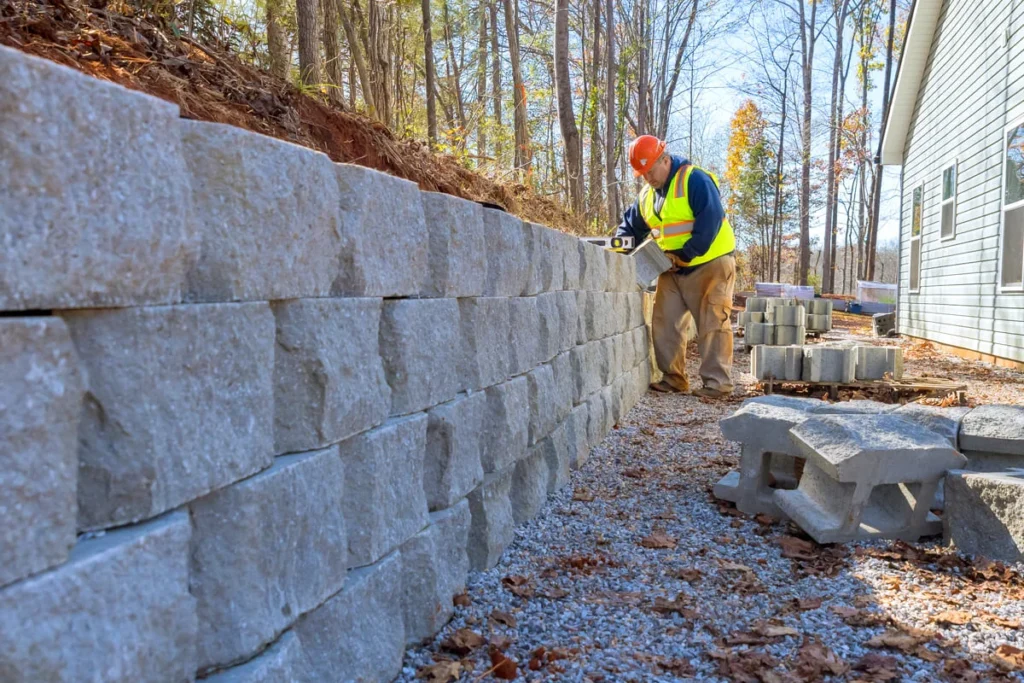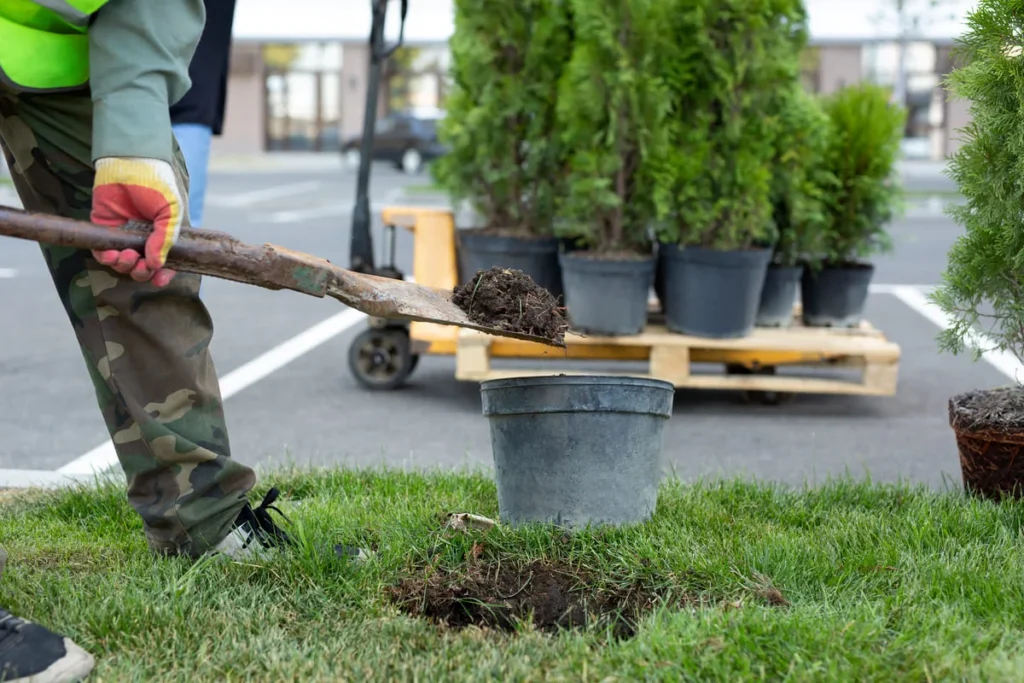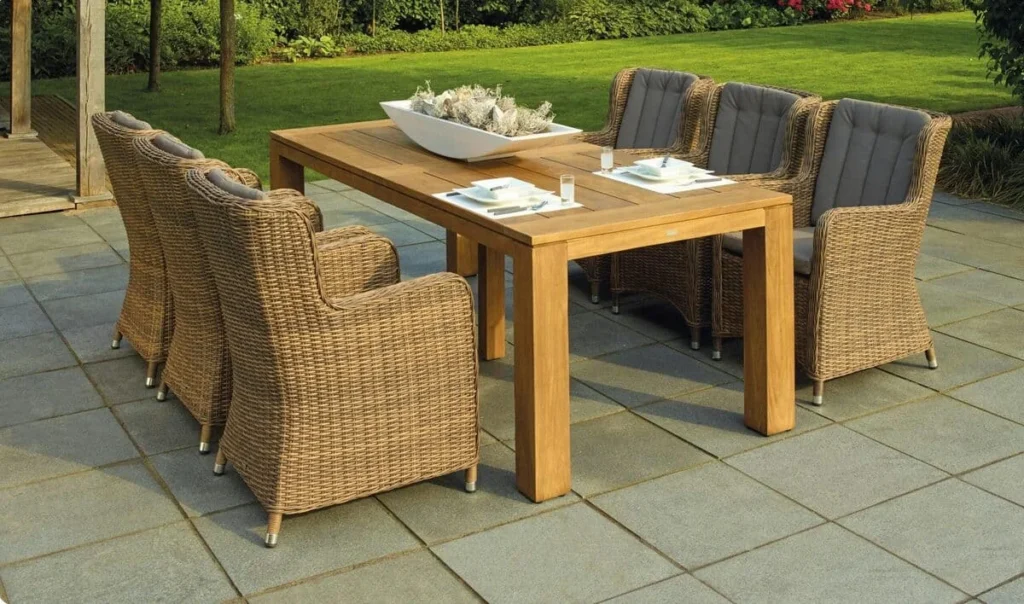
A Comprehensive Guide
Drainage Installation
Protect your property from water damage with our efficient drainage solutions. We design and install systems that manage runoff and prevent erosion, keeping your landscape healthy and dry.
How to start?
Planning and Assessment
- Evaluate the Site: Inspect the area to determine the drainage needs. Identify low spots where water collects and understand the soil type.
- Design the System: Create a plan that includes the layout of trenches, the type of drainage system (e.g., French drain, surface drain), and the location of discharge points.
- Obtain Permits: Check local regulations and acquire necessary permits for excavation and drainage installation.
- Gather Materials and Tools: Ensure you have all the required materials, such as pipes, gravel, fabric, and tools like shovels, trenchers, and levels.
Installation Process
- Mark the Area: Use stakes and string to outline the trenches.
- Excavate Trenches: Dig trenches according to the design, ensuring a consistent slope (usually 1% slope or 1 foot drop per 100 feet).
- Install Pipes and Filters: Lay perforated pipes at the bottom of the trench, cover with gravel, and wrap with landscape fabric to prevent clogging.
- Backfill Trenches: Fill the trench with gravel or soil, ensuring the surface is level and blends with the surrounding area.
- Test the System: Run water through the system to check for proper flow and any leaks.

Why Choose Drainage Installation?
- Prevent Water Damage
- Health and Safety
- Enhance Property Value
The Amazing Benefits
Improved Property Health
- Soil Stabilization: Prevents soil erosion and maintains the stability of the landscape.
- Vegetation Health: Promotes healthier plants and grass by preventing waterlogging and root rot.
Economic Savings
- Reduced Repair Costs: Avoids costly repairs related to water damage, such as foundation repairs, mold remediation, and landscaping fixes.
- Energy Efficiency: Dry basements and crawl spaces reduce the strain on HVAC systems, leading to energy savings.
Environmental Benefits
- Sustainable Water Management: Efficient drainage systems can be integrated with rainwater harvesting systems, promoting water conservation.
- Prevent Contamination: Proper drainage reduces the risk of contaminants entering water bodies, protecting local ecosystems.
Frequently Asked Question.
The best type depends on your specific needs. French drains are suitable for general groundwater management, while surface drains are ideal for areas with heavy rainfall and runoff.
The installation timeline depends on the project's scope. Simple systems can be installed in a few days, while more complex systems may take a week or more.
Regular maintenance includes checking for clogs, ensuring the outlet remains clear, and inspecting the system after heavy rains. Periodically flushing the system can help maintain optimal performance.


